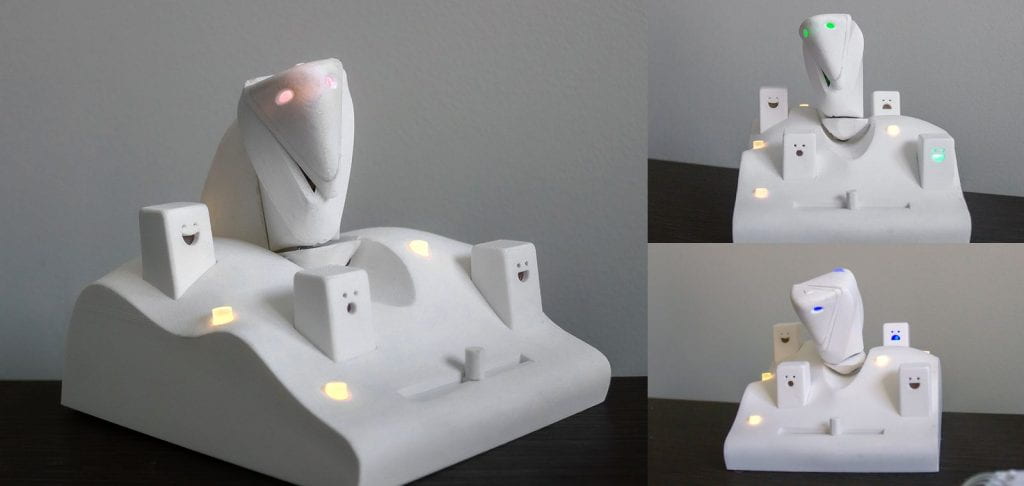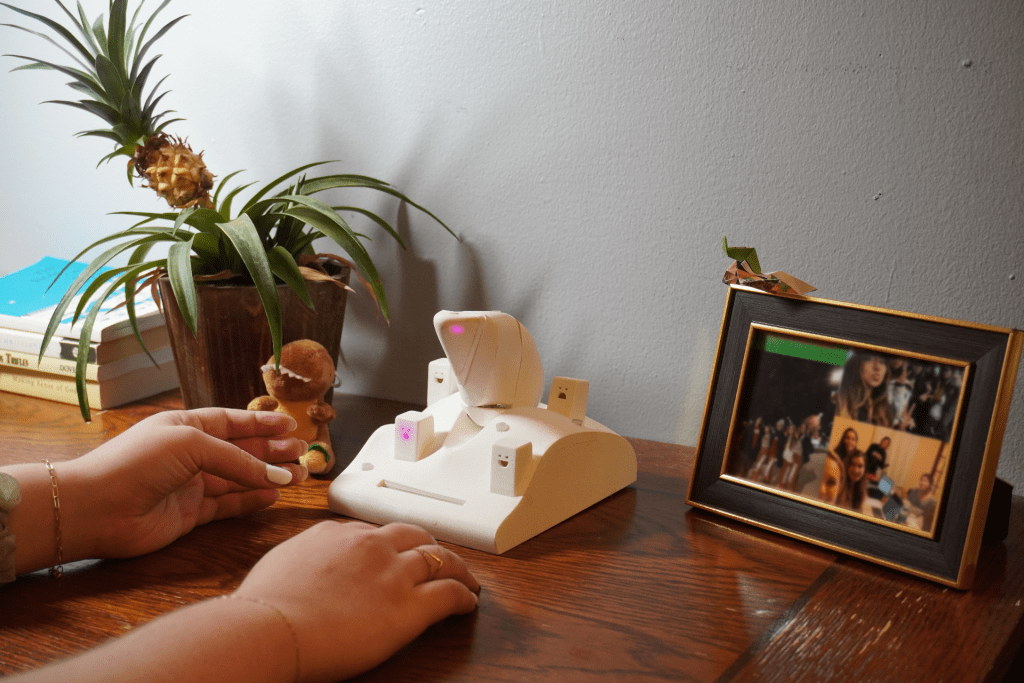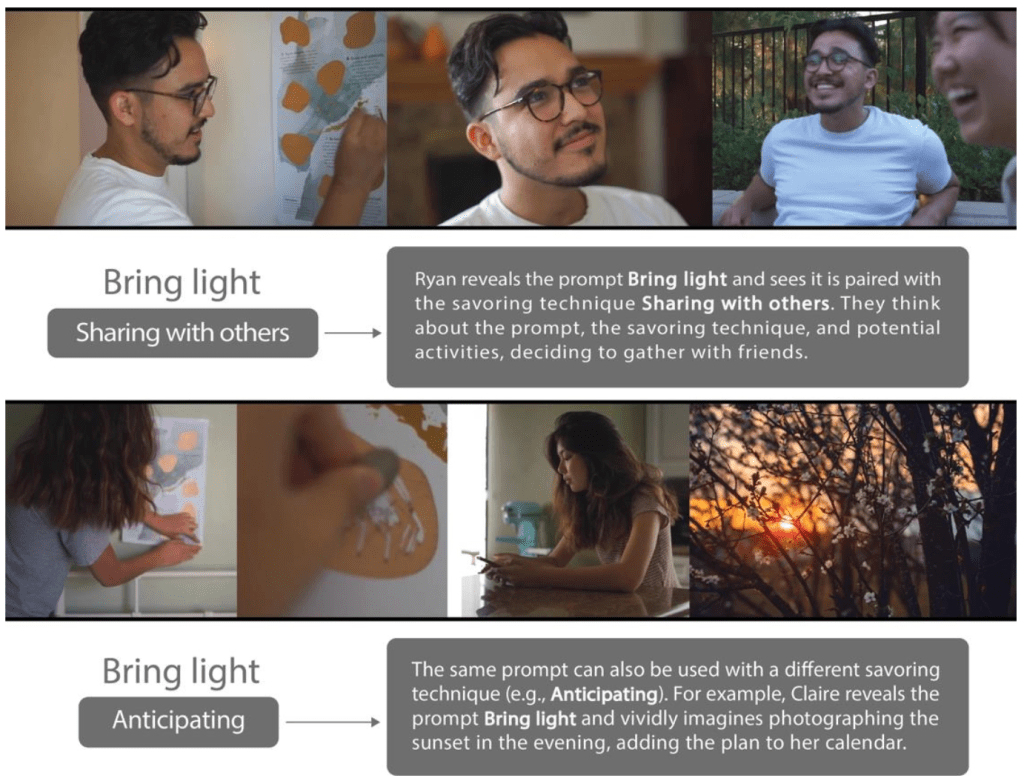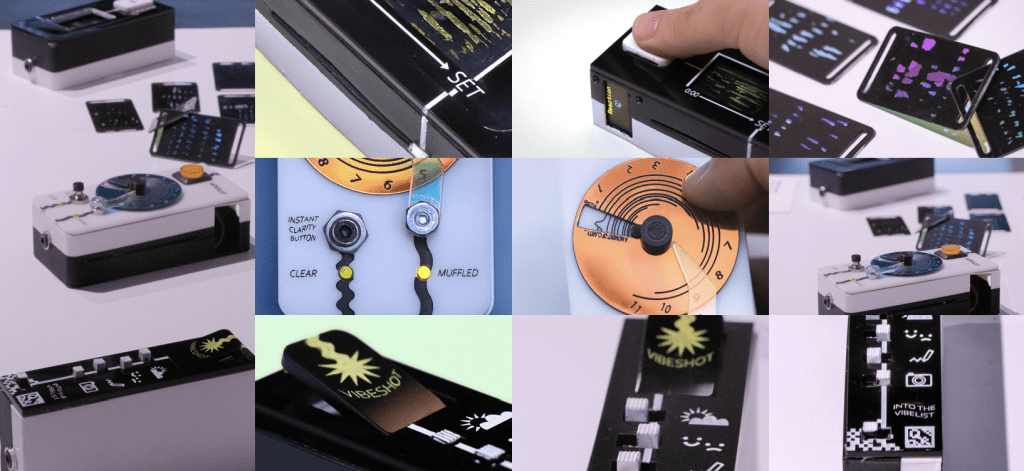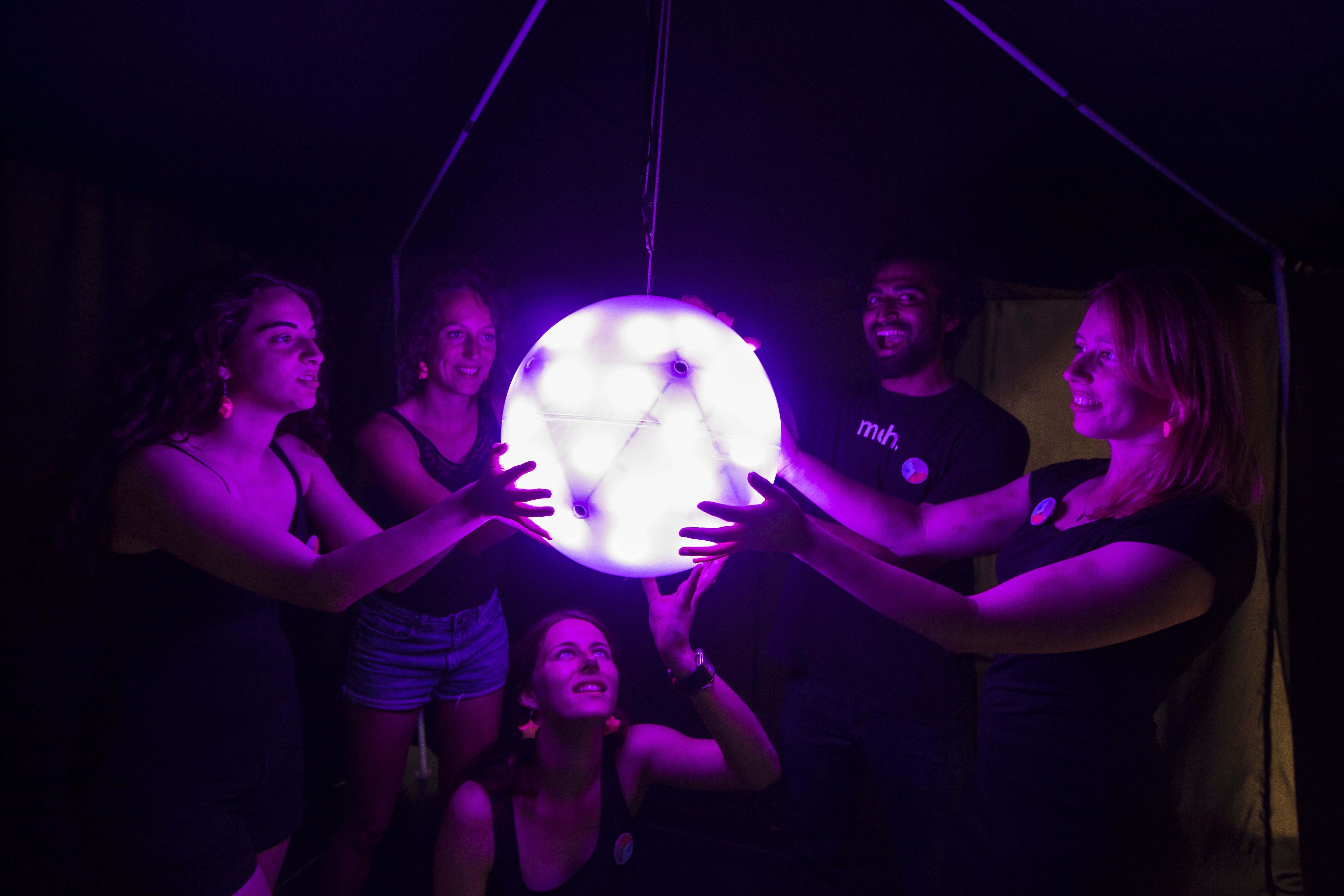

Publication
- Ozambela S., Ozambela J.P., Yang Q., & Yoon J. (2024) Inner visions: Designing a behavioral intervention technology to assist young adults in the understanding and articulation of personal goals (work-in-progress)
This study explores how technology can help users understand and articulate their personal goals, using vision boards as a case study. Vision boards were selected as a research tool, as they are popular with young adults and they enable individualized goal-setting. First, we conducted focus groups with young adults who were familiar with vision boards to learn about their experiences. From the insights gained in focus groups and co-design sessions with a National Board Certified Health and Wellness coach, we developed an Artificial Intelligence-based goal-setting tool to help users reflect on and refine goals. The web-based tool, entitled “Inner Visions,” guides users through a variety of exercises related to their enjoyments, life roles, strengths, contributions, and psychological needs, and generates a customized mind map composed of nuanced self-reflection questions. From their responses to the questions posed by the mind map, users may construct meaningful goals, or use the mind map as a starting point for other goal oriented practices like vision boards. In the primary study, we then tested the effectiveness of this tool through user interviews and surveys with both young adults and health/wellness professionals. The findings indicate the tool provided a positive experience, sparked introspection, and facilitated the development of individuals’ goals. Users also shared insights on how to improve this technology to better assist users with goal-setting and self-reflection, thereby enhancing wellbeing.
